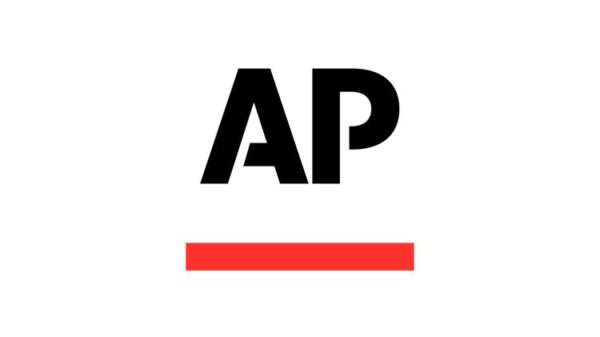The rising costs of higher education have prompted universities across the United States to demonstrate the tangible returns on investment for a college degree. As tuition rates have surged, many prospective students now weigh the financial implications of their education against potential career benefits.
In Washington, D.C., higher education institutions are increasingly focused on showcasing how a degree can lead to better job prospects and higher lifetime earnings. According to the U.S. Department of Education, the average annual cost of tuition and fees for the 2020-2021 academic year reached approximately $32,000 at private non-profit colleges. This figure has led many students and families to question whether the financial burden of college will yield worthwhile returns.
Universities Adjust Strategies to Highlight Benefits
In response to these concerns, universities are implementing new strategies to underscore the value of their programs. Institutions are leveraging data from the College Board and the National Center for Education Statistics to present clear statistics about graduate employment rates and salaries. For instance, recent findings indicate that college graduates earn, on average, 25% more than those with only a high school diploma over their careers.
Schools are also investing in career services and partnerships with local businesses to provide students with internships and job placements. By enhancing these programs, universities aim to directly connect education with employment opportunities, demonstrating a proactive approach to workforce readiness.
As prospective students navigate their college choices, the question of whether to pursue higher education is more pressing than ever. Many in the 18-24 age group are reconsidering their options in light of high tuition fees and the evolving job market. The economic landscape has shifted, prompting candidates to seek clarity on the potential return on their educational investments.
Financial Aid and Scholarships Play a Role
Financial aid and scholarships are critical components in this equation. In recent years, institutions have increased their efforts to provide financial assistance to alleviate some of the burden on students. The 2023 academic year saw a rise in the number of scholarships available, with many universities expanding their outreach to ensure that students are aware of funding options.
While the cost of attendance is a significant factor, the long-term benefits of obtaining a degree remain a compelling argument for many. With increased emphasis on career outcomes and financial support, universities are working diligently to assure students that the investment in education can lead to fruitful careers and a brighter financial future.
As the debate continues, the dialogue surrounding the value of a college degree is likely to evolve, with institutions striving to adapt to the needs of potential students while addressing their financial concerns.





































































